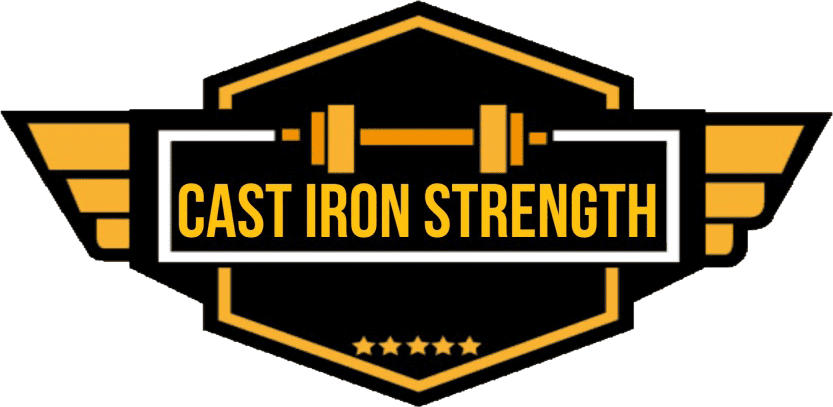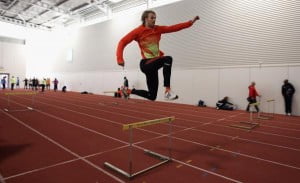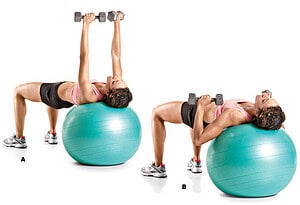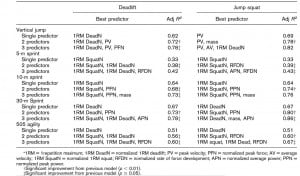Effects of speed and plyometrics training on Field sport acceleration.
16 field sports players engaged in 6 weeks (2x per week) of either sprint training or plyometrics training. Before and post training testing looked at the player’s 5 and 10 meter sprint times as well as a whole host of running kinematics. Both groups significantly decreased their sprint times. Sprint group showed an increase in stride length and both groups had increase vertical force with the plyometrics group having increased the most out of the two groups.
TL;DR if you want to run faster over 5 and 10 meters sprint and plyometrics training is a good start.
1 RM and 3 RM testing for deadlift and “eccentrically loaded deadlift”
15 american football players took part in the testing. They worked out their 3 rep max and 1 rep max for both deadlift (conventional starting from the floor) and top down deadlift (deadlift starting in your hands from a standing position). There was no significant difference between top down or normal deadlift as regards 1 or 3 rep maxes. The researchers however found that the 3RM underestimated the true 1RM of the participants (assuming 3rm = 93% of actual max). In the study one half of participants where stronger from the floor and the other half where stronger from the top down but this was smoothed out in statistical analysis but still shows individual differences exist and should be accounted for in programming.
TL;DR – A 3 Rep Max of 93% may be an underestimation of your true deadlift strength.
The effects of barbell vs dumbbell chest press on muscle activation using an unstable surface.
10 participants took part in the study they completed three conditions – 50% of bench press max with a barbell, 50% of bench press max with dumbbells and 25% bench press max with dumbbells. Mean muscle activation (measured using EMG) was assessed for pectoralis major (PM), triceps brachii, anterior deltoid (AD), and rectus abdominis (RA) and was represented as a percent change across conditions.
50% dumbbell involved 15% more activation of the pecs and abdominals when compared to 50% barbell. Pec and abdominal increased by 54% when 25% RM dumbbells where compared to 50% dumbbells.
TL;DR – dumbbells are harder to press then an eqequally loaded barbell because you have to stabilise them more when on a swiss ball.
Weights before cardio or Cardio before weights for beginners does the order matter?
23 inactive college females were randomly enrolled into two 8 week exercise programmes one where they performed endurance exercise first then strength exercise, the second being strength then endurance exercise. Endurance portion consisted of 30 minutes exercise @ 70-80% of maximal heart rate. Strength training consisted of 3 sets of 8 to 12 reps using 5 to 6 exercises. Testing was done before and after the 8 weeks of exercise.
Both groups significantly increased chest press and leg press strength. They also significantly increased vo2 max and lean body mass, weight significantly increased but body fat remained unchanged. There was no significant differences between groups.
TL;DR – No.
Predicting punching acceleration in Elite karate athletes using strength and power variables.
19 professional athletes took part in the study. They first looked at their maximal punching speed and acceleration using 4 diffrent measures. Afterwards the athletes tested for maximal squat, squat machine and bench press strength. Mean power in bench throw and jump squat exercises, jump height and mean propulsive power in a jump squat using 40% of their own body weight.
Both upper and lower body strength and power variables where positively correlated with punching velocity. Bench press strength, squat machine 1RM strength and relative mean power (watts/kg) in the squat jump where predictive variables for punching acceleration
TL;DR – if you want to punch faster and harder lift weights and do some power training.
Predicting sprint, jump and change of direction performance in rugby union athletes.
Thirty rugby union athletes where tested for their 10m, 30m sprint performance, vertical jump and 505 agility test.
Regression variables were collected during maximum strength tests (1 repetition maximum [1RM] deadlift and squat) and performance of fast velocity resistance exercises (deadlift and jump squat) using submaximum loads (10–70% 1RM). Force, velocity, power, and rate of force development (RFD) values were measured during fast velocity exercises with the greatest values produced across loads selected for further analysis. Anthropometric data, including lengths, widths, and girths were collected using a 3-dimensional body scanner. Potential regression variables were first identified using correlation analyses. – JSCR, July 2014
Of all the factors looked at relative strength in both squat and deadlift provided the most reliable explanation of variance for performance in jumping, sprinting and agility performance. Better modes where obtained by providing velocity and power values for jumping and sprinting performance. Including rate of force production helped to increase the accuracy of prediction of change of direction performance.
TL;DR – if you want to be faster, jump higher and change direction faster get stronger.

Is training with a personal trainer better than just doing it yourself?
34 health club members where randomly assigned to one of two groups. 17 where assigned to the Self condition where they directed their own training and 17 where directed to the Trained condition where they were lead by a qualified personal trainer. Participants trained for 12 weeks, 3x a week. Measurements where taken at the start and end of the study (lean mass, 1RM strength, power and aerobic capacity).
- Increases in lean mass – trained +1.3kg vs self no change.
- Chest press strength – trained +42% vs self +19%
- peak leg power – trained +6% vs self +0.6%
- Leg Press – trained +38% vs self +25%
- Aerobic capacity – trained +7% vs seld -0.3%
Authors are claiming to have shown for the first time objectively that qualified personal trainers are better than self directed training for fitness gains.
TL;DR – Yes.




